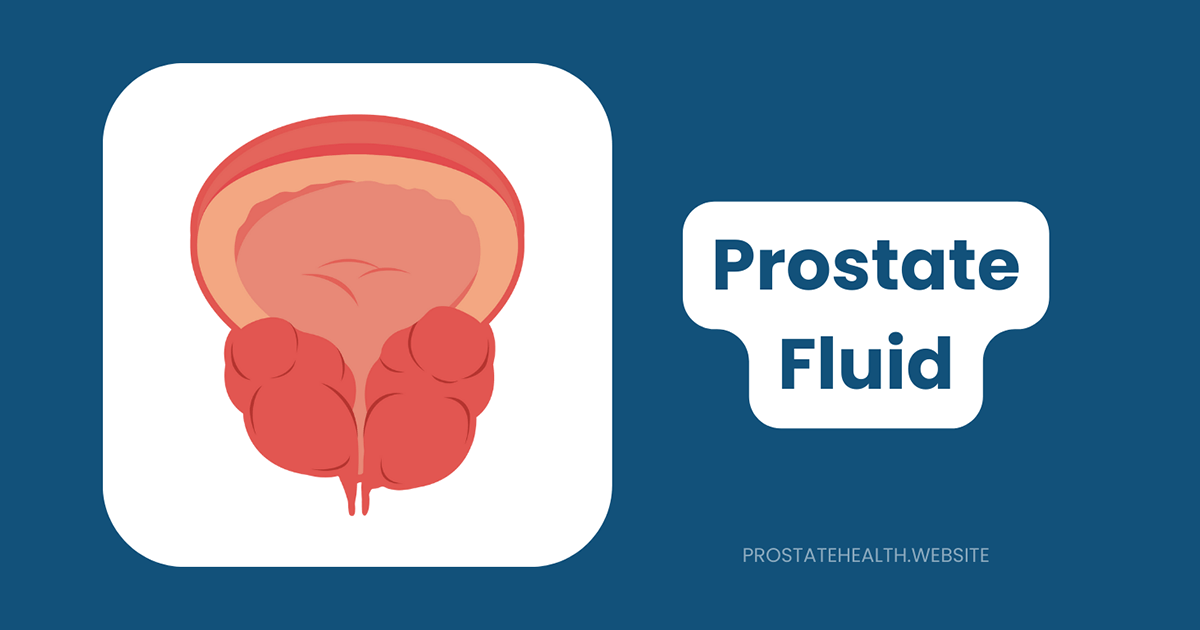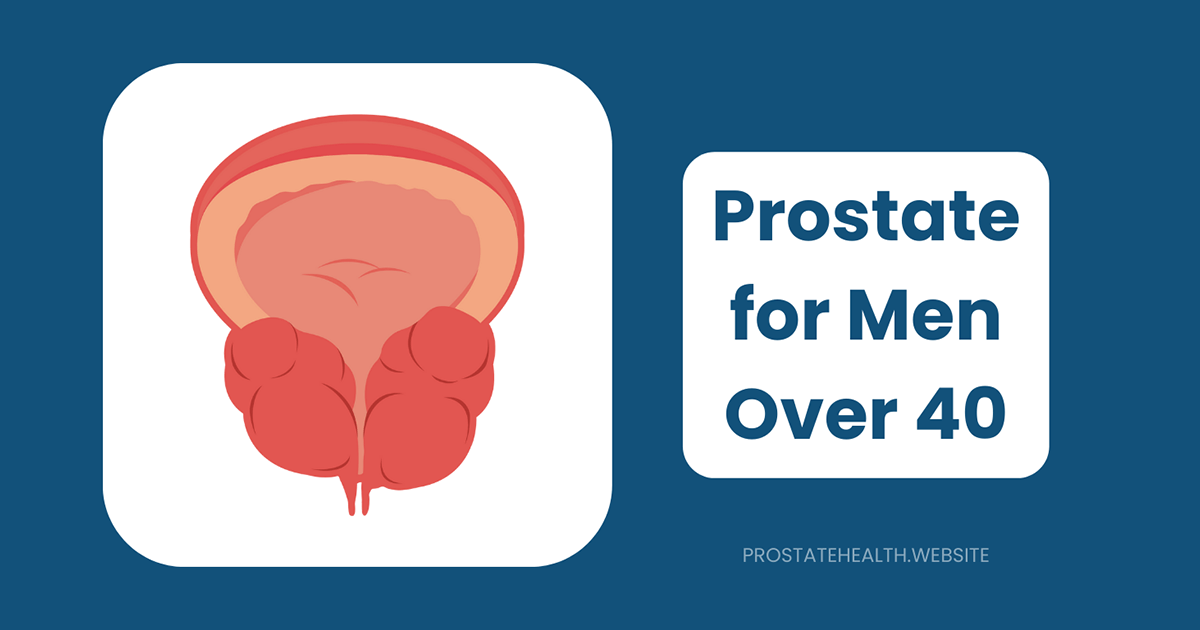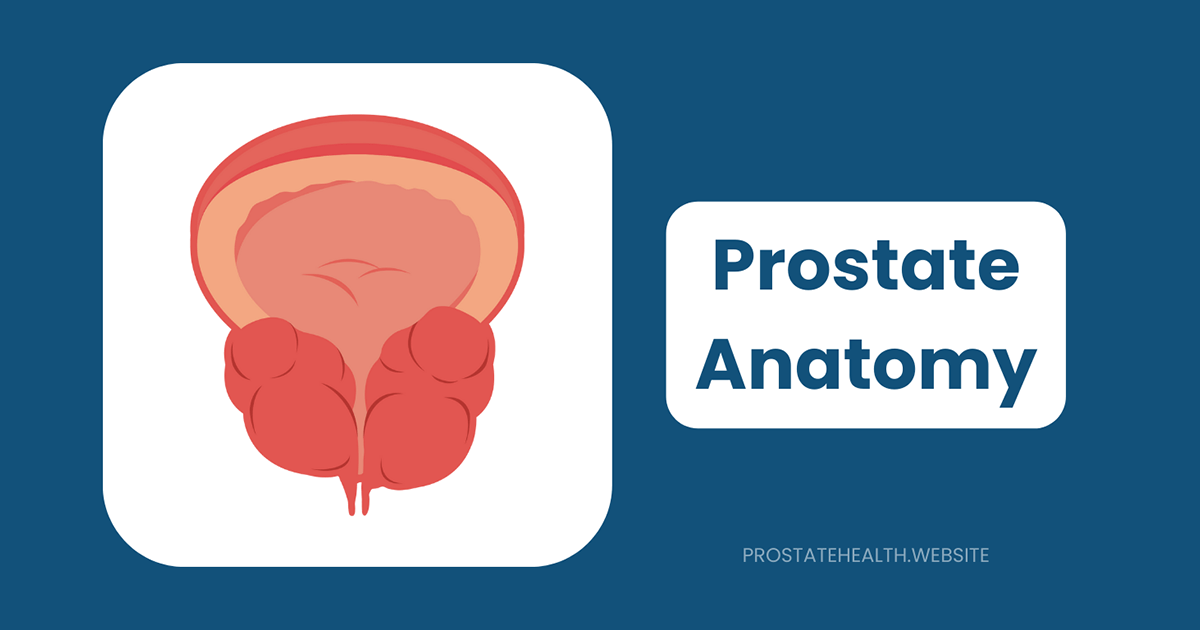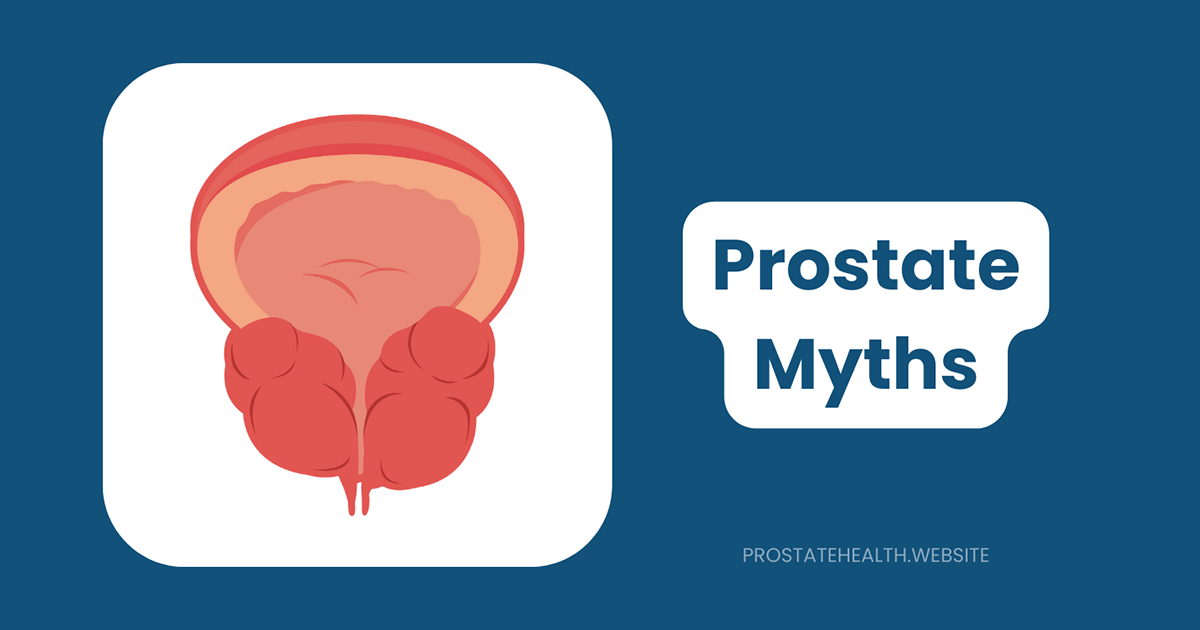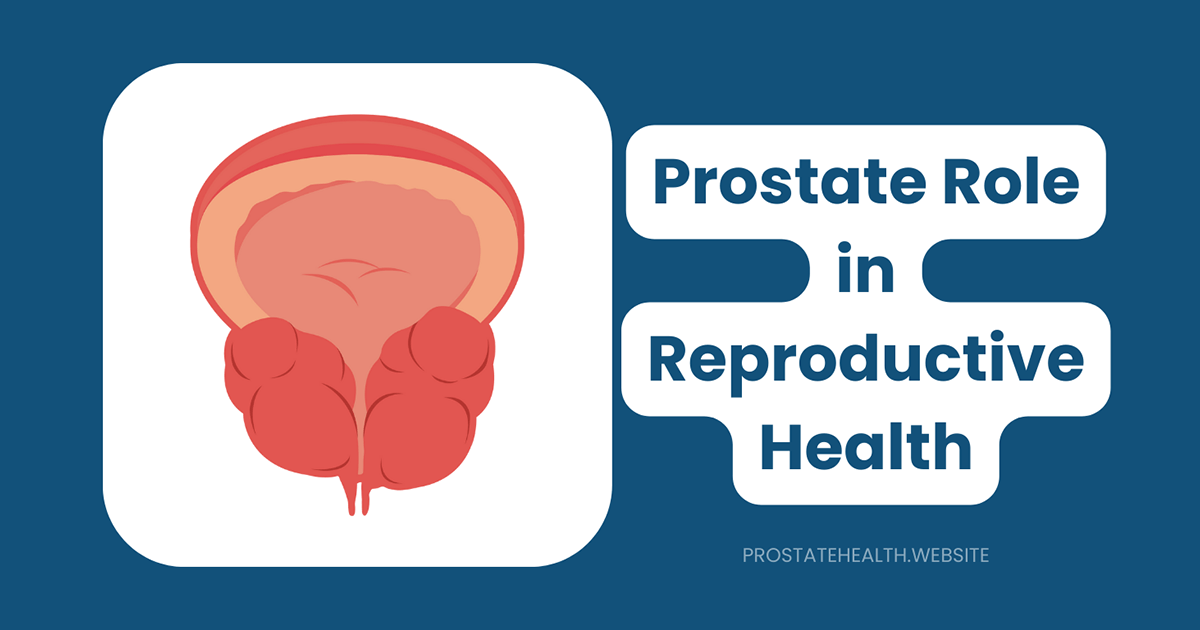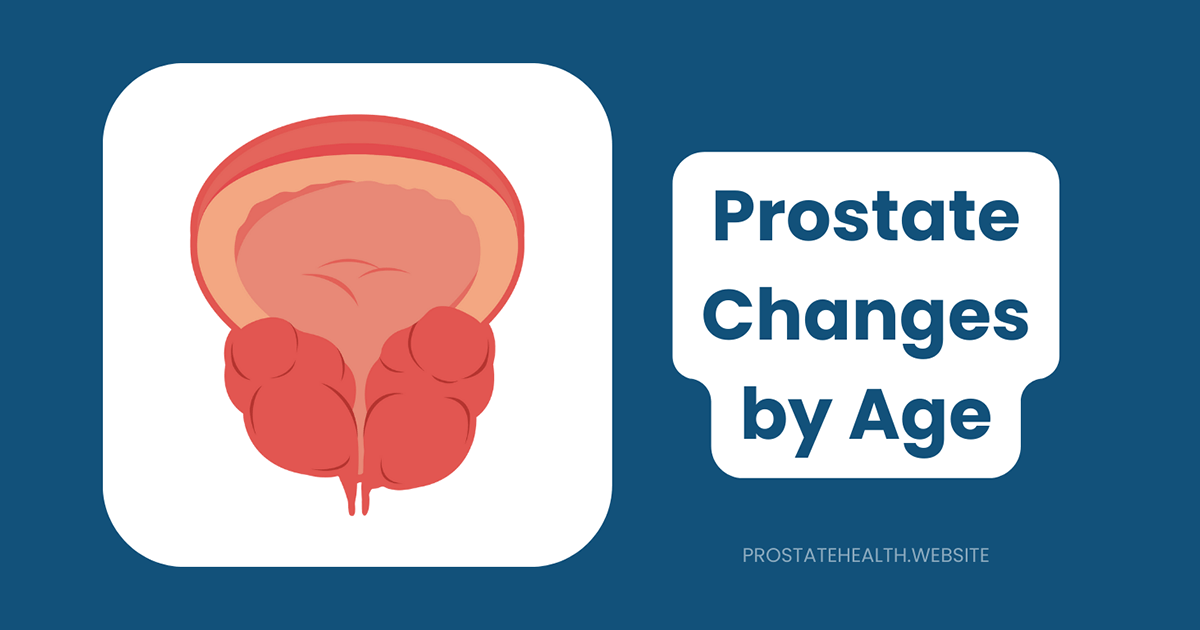The Prostate Gland: Location, Size, and Function Explained
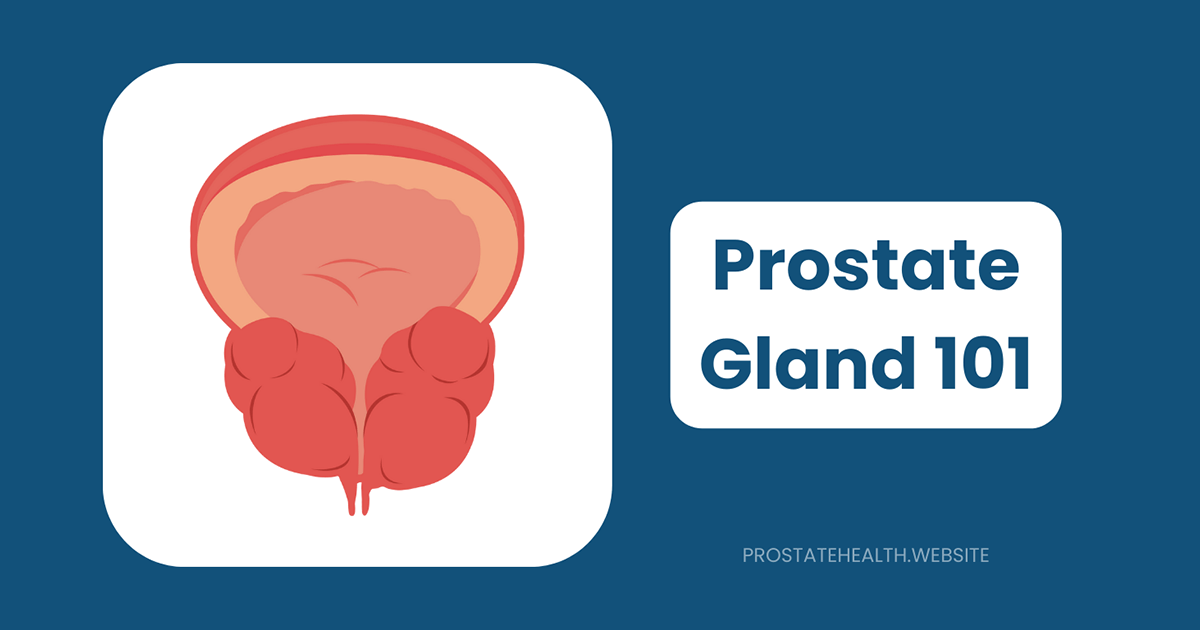
When it comes to men’s health, few topics remain as misunderstood as the prostate gland. Many men go through life barely aware of this walnut-sized organ until something goes wrong. Yet understanding your prostate—its location, size, and function—is crucial for every man’s health journey.
I’ve spent years talking with men about their prostate health, and one thing remains constant: knowledge is power. The more you understand about this small but mighty gland, the better equipped you’ll be to maintain its health and recognize when something isn’t right.
What Exactly Is the Prostate?
The prostate is a gland that belongs exclusively to male anatomy. Despite its small size, it plays several vital roles in both reproductive and urinary functions. Think of it as a behind-the-scenes worker that rarely gets credit until something goes wrong.
The prostate is primarily glandular tissue (about two-thirds) with the remaining third being fibromuscular tissue. This combination allows it to both produce important fluids and contract to expel those fluids when needed.
Many men are surprised to learn that the prostate continues to grow throughout life. What starts as the size of a pea at birth gradually enlarges to a walnut-sized gland by adulthood. This natural growth process can sometimes lead to issues later in life, which we’ll discuss further down.
The Prostate’s Location: A Strategic Position
The prostate occupies what real estate agents might call “prime location” in the male pelvis. It sits directly below the bladder and surrounds the urethra (the tube that carries urine from the bladder through the penis). Behind the prostate is the rectum, which is why doctors can feel the prostate during a digital rectal exam (DRE).
This strategic position gives the prostate significant influence over both urinary and reproductive functions. However, it also means that any enlargement or inflammation can quickly affect urination by putting pressure on the urethra.
Zones of the Prostate: Not Just One Uniform Gland
Contrary to what many believe, the prostate isn’t a uniform gland but is divided into distinct zones, each with its own characteristics and susceptibility to different conditions:
The Peripheral Zone
Making up about 70% of the prostate’s glandular tissue, the peripheral zone is the largest section and wraps around the posterior and lateral aspects of the gland. This is the area your doctor feels during a digital rectal exam. Unfortunately, it’s also where approximately 70-80% of prostate cancers develop.
The Central Zone
The central zone surrounds the ejaculatory ducts and comprises about 25% of the glandular tissue. This zone is relatively resistant to disease, with only about 5-10% of prostate cancers originating here. It’s also less commonly affected by inflammation.
The Transition Zone
Though it makes up only 5-10% of the prostate in young men, the transition zone surrounds the urethra and is the site of benign prostatic hyperplasia (BPH) or prostate enlargement. As men age, this zone can grow substantially, sometimes increasing to represent 30% or more of the prostate’s mass. About 20% of prostate cancers originate in this zone.
Understanding these zones helps explain why different prostate conditions affect urinary and sexual function in various ways, and why some areas are more susceptible to cancer than others.
The Size of the Prostate: Changes Throughout Life
The prostate’s size isn’t static—it changes throughout a man’s lifetime:
- At birth: About the size of a pea
- During puberty: Begins to grow rapidly due to increased testosterone
- In adulthood: Reaches the size of a walnut (approximately 20-30 grams or about 3 cm x 4 cm x 2 cm)
- After age 40: May begin to enlarge gradually in many men (benign prostatic hyperplasia)
By age 60, up to 50% of men experience some degree of BPH, with the percentage increasing to 90% by age 85. This natural enlargement isn’t cancerous but can cause troublesome urinary symptoms as the growing gland puts pressure on the urethra.
It’s worth noting that prostate size doesn’t necessarily correlate with the severity of symptoms. Some men with significantly enlarged prostates experience minimal symptoms, while others with slight enlargement may have considerable discomfort.
The Prostate’s Function: More Than Just Reproduction
The prostate serves several important functions that impact both reproductive and overall health:
1. Production of Prostatic Fluid
The prostate’s primary function is to produce prostatic fluid, which makes up about 30% of semen volume. This slightly alkaline fluid contains several important components:
- Enzymes like Prostate-Specific Antigen (PSA), which liquefies semen after ejaculation
- Zinc, which helps stabilize DNA in sperm cells
- Citric acid, which provides energy for sperm
- Prostatic acid phosphatase, which activates sperm
- Proteolytic enzymes, which break down proteins in semen to keep it in a fluid state
The alkaline nature of prostatic fluid is particularly important as it helps neutralize the acidic environment of the vagina, protecting sperm and enhancing their mobility.
2. Muscle Contraction During Ejaculation
The fibromuscular tissue of the prostate contracts during ejaculation, helping to propel semen through the urethra. This muscular action is part of what creates the pleasurable sensation of orgasm.
3. Hormone Metabolism
The prostate plays a role in hormone metabolism, particularly in converting testosterone to dihydrotestosterone (DHT), a more potent form of testosterone that influences prostate growth and function.
4. Urine Control
While not its primary function, the prostate’s position surrounding the urethra means it contributes to urinary control. The smooth muscle within the prostate helps prevent urine flow during ejaculation and assists with urine control in general.
Blood Supply and Innervation: Keeping the Prostate Functioning
The prostate receives a rich blood supply primarily from branches of the internal iliac artery, specifically the inferior vesical and middle rectal arteries. This abundant blood flow is necessary for the prostate’s secretory function but can also contribute to significant bleeding during surgical procedures.
Venous drainage occurs through the prostatic venous plexus, which connects to the internal iliac veins. This venous network is important to understand because it provides a pathway for prostate cancer to spread to the bones of the spine if metastasis occurs.
The prostate receives innervation from the pelvic plexus, which contains both sympathetic and parasympathetic nerve fibers. These nerves control the smooth muscle of the prostate and its secretory functions. During prostate surgery, preserving these nerves (particularly the neurovascular bundles that run along the posterolateral surface of the prostate) is crucial for maintaining erectile function.
Common Prostate Conditions: When Things Go Wrong
Understanding the prostate’s anatomy helps explain why certain conditions develop and how they affect men’s health:
Benign Prostatic Hyperplasia (BPH)
As mentioned earlier, BPH is the non-cancerous enlargement of the prostate that commonly occurs as men age. This condition primarily affects the transition zone of the prostate, which surrounds the urethra. As this zone enlarges, it can compress the urethra, leading to urinary symptoms such as:
- Frequent urination, especially at night
- Weak urine stream
- Difficulty starting urination
- Feeling that the bladder isn’t completely empty
- Urinary urgency
According to research published in the Journal of Urology, BPH affects approximately 50% of men in their 50s and up to 90% of men in their 80s.
Prostatitis
Prostatitis refers to inflammation of the prostate gland, which can be caused by bacterial infection or other factors. Unlike BPH, prostatitis can affect men of any age. Symptoms may include:
- Pain in the lower back, groin, or pelvic area
- Painful urination or ejaculation
- Flu-like symptoms (in acute bacterial prostatitis)
- Urinary frequency or urgency
The National Institute of Diabetes and Digestive and Kidney Diseases (NIDDK) estimates that prostatitis accounts for about 2 million doctor visits each year in the United States.
Prostate Cancer
Prostate cancer is the most common non-skin cancer among American men. It typically develops in the peripheral zone of the prostate, which explains why it can often be detected during a digital rectal exam. Early prostate cancer often causes no symptoms, which is why screening is so important.
According to the American Cancer Society, about 1 in 8 men will be diagnosed with prostate cancer during his lifetime, but only about 1 in 41 will die from it. Early detection significantly improves treatment outcomes.
Keeping Your Prostate Healthy: Practical Steps
Understanding your prostate is the first step toward maintaining its health. Here are some practical strategies that may help:
Regular Check-ups
For men over 50 (or starting at 45 for those at higher risk), discussing prostate screening with your healthcare provider is essential. Screening typically involves:
- Digital rectal examination (DRE)
- Prostate-specific antigen (PSA) blood test
Healthy Diet
Several dietary factors may influence prostate health:
- Tomatoes and red fruits: Rich in lycopene, which some studies suggest may reduce prostate cancer risk
- Cruciferous vegetables: Broccoli, cauliflower, and cabbage contain compounds that may help prevent prostate cancer
- Healthy fats: Omega-3 fatty acids from fish and plant sources may reduce inflammation
- Limited red meat and dairy: Some research suggests high consumption may increase prostate cancer risk
Regular Exercise
Physical activity helps maintain a healthy weight and may reduce the risk of BPH, prostatitis, and prostate cancer. Aim for at least 150 minutes of moderate exercise per week.
Stay Hydrated
Proper hydration helps flush the urinary system, potentially reducing the risk of infection and inflammation.
Manage Stress
Chronic stress may contribute to prostate inflammation. Techniques like meditation, deep breathing, and regular relaxation can help manage stress levels.
When to Seek Help: Recognizing Warning Signs
Being aware of potential prostate issues allows for earlier intervention. Contact your healthcare provider if you experience:
- Difficulty urinating or weak urine flow
- Blood in urine or semen
- Frequent urination, especially at night
- Pain or burning during urination
- Persistent pain in the lower back, hips, or pelvic area
- Painful ejaculation
Remember, many men feel embarrassed discussing prostate issues, but early detection and treatment significantly improve outcomes for most prostate conditions.
Conclusion: Knowledge Is Your Best Defense
The prostate may be small, but its impact on men’s health is significant. By understanding its location, size, and function, you’re better equipped to recognize changes and seek appropriate care when needed.
I’ve found that men who understand their bodies are more likely to take proactive steps toward health and seek help when something doesn’t feel right. Breaking the silence around prostate health is one of the most important things we can do for ourselves and the men in our lives.
Have you had your prostate checked recently? If you’re over 45, it might be time to start the conversation with your healthcare provider. Your future self will thank you.

